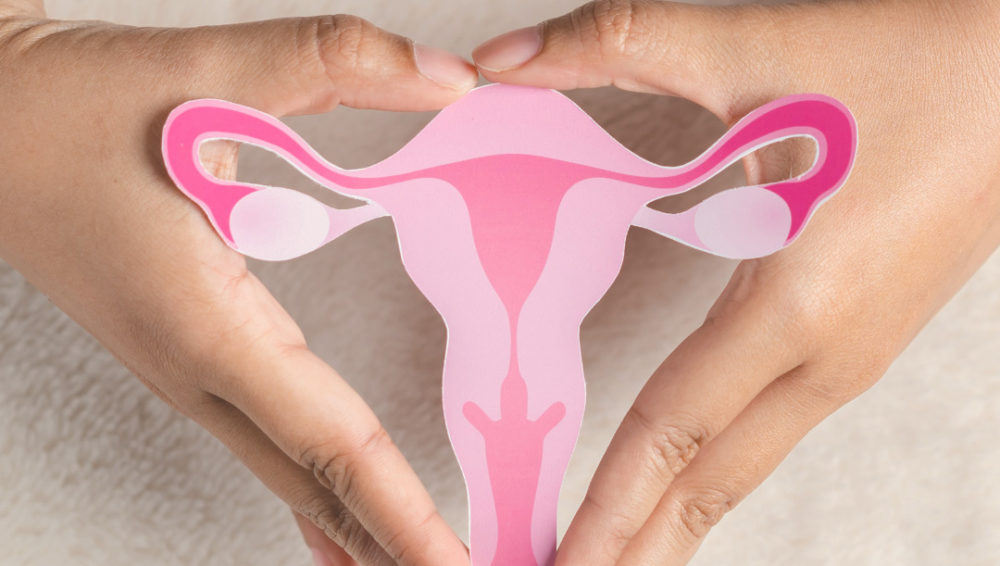Understanding the menstrual cycle
The menstrual cycle is how your body prepares for pregnancy. If pregnancy doesn’t occur, the uterus will shed its lining and cause bleeding. Usually, this happens about once a month.

The menstrual cycle is how your body prepares for pregnancy. If pregnancy doesn’t occur, the uterus will shed its lining and cause bleeding. Usually, this happens about once a month.
What is a normal period?
A normal menstrual cycle isn’t the same for every woman. So the true normal is your normal. To find out what is normal for you, start making note of the following every month:
Cycle length: Count from the first day of one period to the first day of the next one. Regular cycles that are longer or shorter than this, from 21 to 35 days, are normal.
End date: To know the length of your bleeding days. How long does it typically last? Is it longer or shorter than usual? The duration of bleeding is usually 2 to 7 days.
Flow: Record the heaviness of your flow. You may use a pad to describe it. For example, how many pads do you need to change in a day? whether it is fully soaked in blood? In each cycle, the blood loss is usually between 20 to 80 ml., typically heavy in the first 2-3 days.
Abnormal bleeding: From cycle to cycle, there shouldn’t be any presence of bleeding. But if it does, record the date and flow. It would be important information for a doctor’s visit.
Pain: Describe the pain associated with your period, location, pattern, and severity. About 1 in 5 women feel pain on the very first day of their period. This happens due to hormonal changes causing the womb’s muscles to contract. Minimal discomfort sensation is considered to be normal but if you have severe cramps, which don’t improve with pain relievers, interfere with your daily activities often accompanied by heavy bleeding or clotting. You should talk to your doctor.
Other changes: This includes physical and mental changes. For example, breast tenderness, mood swings, or increased appetite.
Overview of the menstrual cycle
An approximate event of a 28-day cycle is as follows:
Day 1 – 5: Vaginal bleeding caused by the lining that was shed by the uterine after no semen came to fertilize the waiting eggs.
Day 6 – 14: A new set of eggs maturing and a new lining being produced by the uterine.
Day 14: ovulation happens, which means one or several eggs are ready for fertilization to happen for the next 12-24 hours.
Day 15 – 24: After ovulation, the egg travels to the fallopian tube awaiting fertilization.
Day 25 – 28: If fertilization happens, pregnancy continues. If not, hormonal changes will cause menses and the next cycle begins.
The fertility window
The fertility window is highly variable, even in a woman who has a regular cycle. A fertile window could be before 10 days or after day 17 of the menstrual cycle. But there is even evidence for women conceiving a child just 2 days after their menses or 1 day before their new menstrual cycle begins.
Verified:
Dr. Sirichet Anekpornwattana (Fertility doctor) (1 May 2023)
Sources:
- What is Ovulation? American Pregnancy Association
- Your First Period, American College of Obstetricians and Gynecologists
- EXECUTIVE SUMMARY of STRAW+10: Addressing the Unfinished Agenda of Staging Reproductive Aging, National Library of Medicine
- Menstrual cycle: What's normal, what's not, Mayo Clinic



